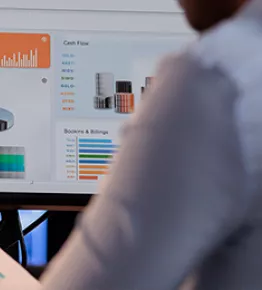Like we said, the crisis highlighted some differences among companies. On the one hand there are companies that struggle with this new way of working. These are businesses that did not spend enough focus on their customers before, and struggle to understand them. They often work from a product centric approach starting from the principle: “I’m selling these products or services, do you want to buy it?”. This approach might work in shops, where people entering already show a particular interest in your product but online, the situation is different. It supposes that your product matches the visitors’ needs, which is often not the case.
A frictionless customer experience
On the other hand, you have customer centric companies. These are companies that are not only capable of identifying their customers, but also manage to understand them, capture their needs and use this to their advantage. In this approach, you start from the customer and ask yourself “I have this visitor who has certain needs, how can I answer the visitor’s needs?” These businesses managed to profit from new digital customers and put all their focus in allowing a smooth experience across all platforms. By putting the customer central, it allows to pass on customer information throughout the company’s touchpoint. This increases consistency in the communications, relevancy in the offerings and most of all, a frictionless experience.
By focussing on the total experience of your customers, companies can build a positive relationship with the customer, avoid client loss and increase the return on investment on campaigns.
Now the question remains: how do you get to that total experience? And above all, how to achieve a successful total experience? We collected 10 golden rules you should keep in mind.





